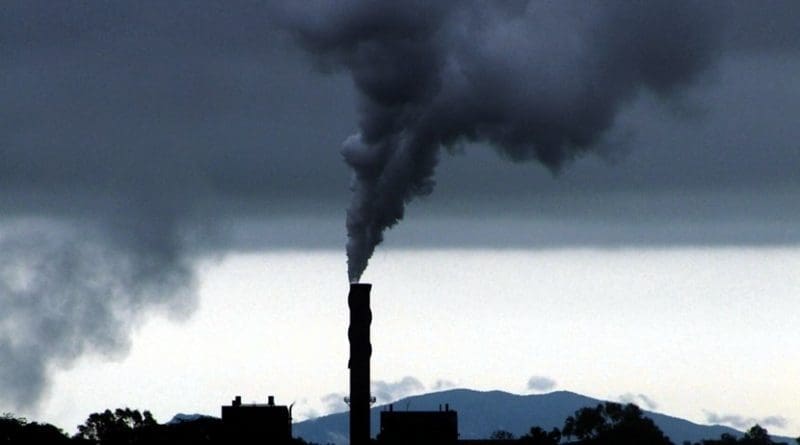Scientific Basis For EPA’s Endangerment Finding Stronger Than Ever
A new study published by Science this week has found that scientific evidence supporting the EPA’s 2009 Endangerment Finding for greenhouse gases is even stronger and more conclusive now. This finding could strengthen challenges to proposed efforts to rollback emissions standards and carbon emissions regulations in the United States.
In the landmark Endangerment Finding the EPA determined that greenhouse gases endanger public health and welfare, which created a legal obligation for the agency to regulate greenhouse gases emissions under the Clean Air Act. The Science paper comes three months after a senior Republican senator said that the Trump Administration might still try to repeal the landmark decision.
“When the Endangerment Finding was issued, the evidence supporting it was extremely compelling,” said Woods Hole Research Center President Philip Duffy, lead author on the paper. “Now, that evidence is even stronger and more comprehensive. There’s no scientific basis for questioning the endangerment finding.”
The Science paper includes 16 authors from 15 different organizations. It assesses how the scientific evidence has changed in the nine years since the finding was issued, with a specific focus on climate change impacts for public health, air quality, agriculture, forestry, water resources, sea level rise, energy, infrastructure, wildlife, ocean acidification, social instability, and the economy.
“There is no question that public health and welfare are endangered by climate change and we know that with much more confidence now than we did in 2009,” said study co-author Chris Field, Director of the Stanford Woods Institute for the Environment.
The paper examines each topic covered by the Endangerment Finding and characterizes changes since 2009 in terms of evidence of links to anthropogenic climate change, severity of observed and projected impacts, and new risks.
“For each of the areas addressed in the [Endangerment Finding], the amount, diversity, and sophistication of the evidence has increased dramatically, clearly strengthening the case for endangerment,” according to the paper.
The study expands the range of negative impacts from climate change beyond those listed in 2009 to include increased dangers from ocean acidification, effects on national security and economic well-being, and even threats from violence.
“Much of what we’ve learned since the original Endangerment Finding in 2009 arises from extreme events,” said study co-author Noah Diffenbaugh, Kara J Foundation Professor of Earth System Science and Kimmelman Family Senior Fellow at Stanford University. “Our understanding of how global warming influences the odds of heat waves, droughts, heavy precipitation, storm surge flooding, and wildfires has increased dramatically in the last decade, as has our understanding of the related impacts, such as how hot conditions affect mental health, violence, and economic productivity.”

